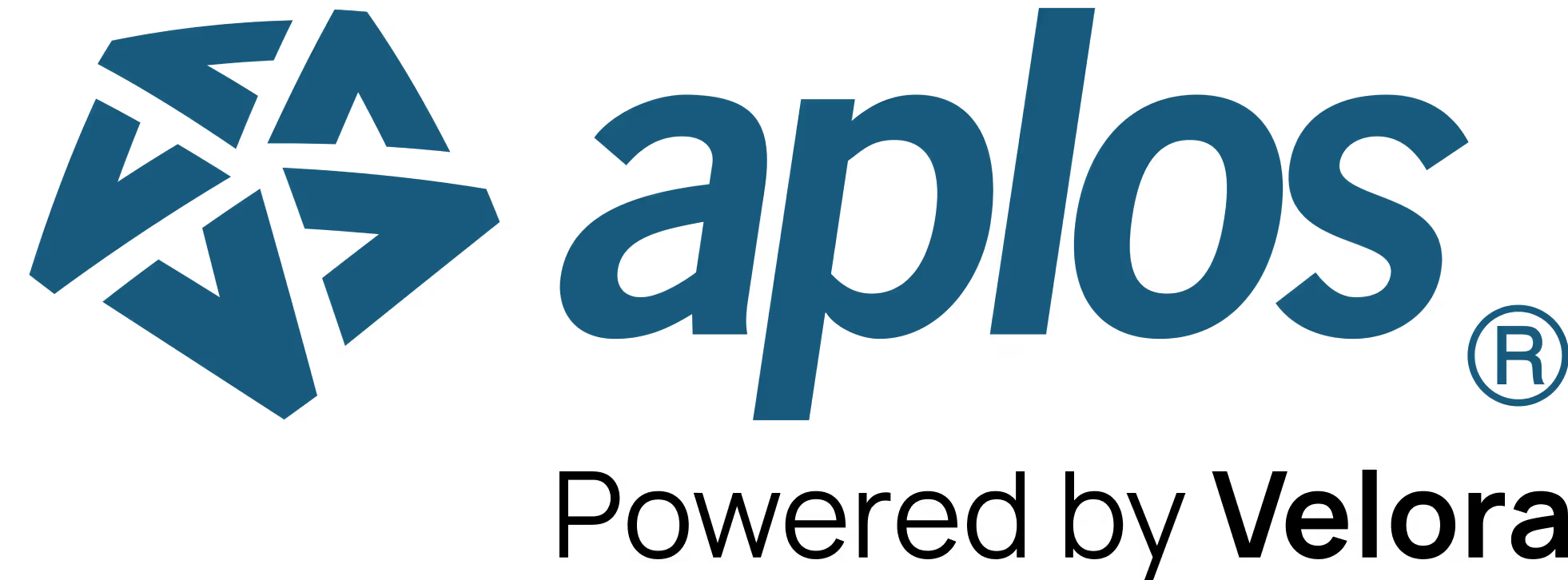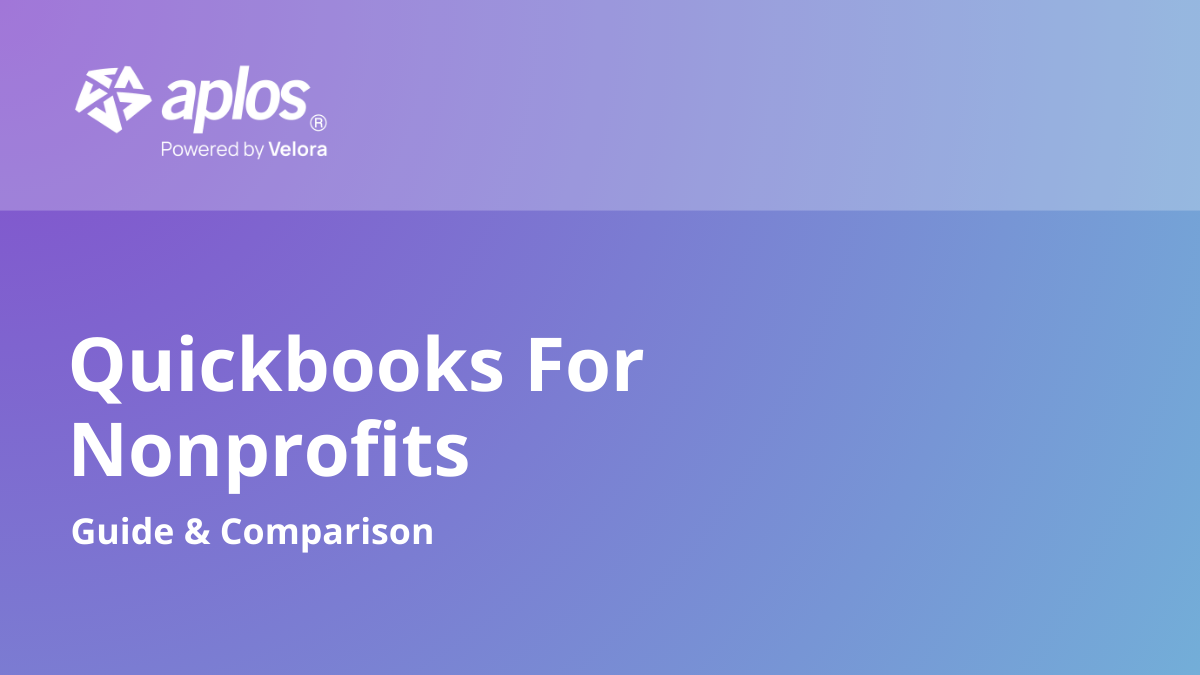
5 Ways to Maximize Impact With the $10,000/Month Google Ad Grant

This is a guest article from our partner, Nonprofit Megaphone.
As marketing and commerce increasingly move to digital space, it’s never been more important for organizations to invest in their online presence. This is especially true for nonprofits that often have to compete with other nonprofits and for-profit businesses for advertising space. The high costs of competition lead many nonprofits to invest their limited resources elsewhere.
Thankfully there are ways for nonprofits to affordably advertise their mission, events, or services with minimal cost to themselves. One such way is the Google Ad Grant. It is a program operated by Google that gives eligible nonprofits up to $10,000 a month to use on Google Ads. With the Google Ad Grant, nonprofits can compete with each other to have their ads shown and can drive traffic to their website through the use of sponsored links.
As specialists in the Google Ad Grant, Nonprofit Megaphone has developed a wealth of helpful tools, processes, and practices that can benefit nearly any nonprofit with the Google Ad Grant. Whether you’re new to the Ad Grant or an experienced user, these tips can help you maximize the impact of your grant. Before we begin, you may want to review the basics of the Google Ad Grant to make sure your organization is eligible and compliant with the standards. Our 5 ways to maximize the impact of your Google Ad Grant are as follows:
- Tweak Your Keywords and Ads
- Produce High-Quality Content
- Keep an Eye on Trends
- Analyze Data
- Appoint a Grant Manager
These tips are designed to be helpful to organizations of any size or mission. Use your institutional knowledge in conjunction with these methods to maximize the impact of your grant!
Tweak Your Keywords and Ads
Many organizations make the mistake of adopting a “set it and forget it” approach to managing the Google Ad Grant. Often, this is due to either limited resources or knowledge about how to use the grant efficiently. Unfortunately, a passive strategy is unlikely to generate the desired results and may end up threatening your ability to maintain the grant. Regardless of the frequency of which you manage your Google Ads account, we recommend taking the time to tweak your keywords and ads.
Tweaking describes the process of responding to the data inherent in the Google Ads infrastructure and making appropriate changes. For instance, not all of the keywords you first assign will be fruitful. Some will not perform well or will be deemed irrelevant. You’ll want to tweak these keywords by pausing those that don’t perform well and adding new ones that you think are relevant to current search trends. You’ll want to do this for your ads as well. A common way to tweak ads is to do A/B testing. This is the practice of creating two ads that are nearly identical, but differ in one or two key respects. By running both of these ads, you can compare their performance. If one performs much better than the other, then you now have information you can use to tweak and boost the performance of the other.
Produce High-Quality Content
The Google Ad Grant’s primary function is to drive traffic to your website. However, this increased traffic is useless unless your visitors spend meaningful time on your site and engage with your content. For this reason, one of the best ways to maximize impact with your Google Ad Grant is to constantly create high-quality content for your website. High-quality content should have elements that are informative, eye-catching, and direct the user to making another action on the site. It should be content that the user was thoroughly impressed by and leaves a mark in their minds. These elements increase the likelihood that they’ll donate, sign up for your newsletter, or complete any other important conversion. Further, even if a visitor doesn’t complete a desired action, good content will increase the likelihood that they will return.
Keep an Eye on Trends
Related to the concept of tweaking, this tip can help you stay on top of the trends that shape internet traffic. It can be difficult to predict what people are searching for on Google, but trends emerge when certain topics are popular in the news or culture. Knowing about these trends can help you boost the impact of your grant in the short term and give you an edge. By designing keywords, ads, and content that are related to the trends, you can capitalize on the cultural moment to the benefit of your organization.
Be mindful that not all trends can be effectively utilized to benefit your nonprofit. Google still has compliance standards, including a relevancy score. If you’re going to use keywords or ads to capitalize on trends, make sure that the associated content is relevant to the keywords. Otherwise, Google may flag your ad and threaten to remove it. However, if your team is able to take a holistic approach, designing the ads, keywords, and content in tandem, you’re likely to see great results.
Analyze Data
The Google Ads interface collects data on all of your ads and provides helpful insights that you can use to evaluate the performance of your account. Common metrics include impressions, clicks, and click-through rates, all of which are important for maintaining compliance and give you a general idea of whether your ads are driving traffic to your website. However, to maximum impact you should also consider the conversion rate of your ads.
A conversion occurs when a visitor makes an action that you have deemed valuable and have chosen to track. Conversions are a vital metric as they measure whether visitors are meaningfully engaging with your content and whether they’re willing to take a next step. Higher conversion rates are the mark of a truly successful Google Ad campaign.
Conversions are set up and tracked using Google Analytics and Google Tag Manager, free tools that easily integrate with Google Ads. You have complete freedom to set up conversions as you wish. However, be wary of easily completed or trivial conversions, as they can cause your conversion metrics to be misleading. Keeping an eye on your conversions and maintaining a clear hierarchy of which are most valuable will help your organization see which ads are truly successful and which need to be tweaked.
Appoint a Grant Manager
At this point, you may be overwhelmed by the freedom and flexibility afforded by the Google Ad Grant. It’s a powerful tool that can be used to varying degrees of success depending on your organization’s knowledge and resources. While a grant can be successfully managed with only a few hours a month, investing greater time and resources toward grant management usually leads to more success.
For this reason, we recommend that any organization designate one person or team within their organization as their grant manager. The grant manager will be responsible for tweaking, maintaining compliance, analyzing data, and everything else pertaining to the Google Ad Grant. This approach allows the grant manager to become very familiar with the performance of your Google Ads account, allowing them to better respond to trends, problems, or opportunities. Further, appointing a grant manager allows the rest of your team to focus on what they do best. Optimally, the rest of your team can contribute to the programming and design of the high-quality web content that will maximize the impact of your Google Ad Grant.
Instead of appointing a grant manager in-house, many organizations choose to outsource their grant management. Whether it’s a traditional agency or a specialist like Nonprofit Megaphone, this is an excellent option for any nonprofit, as it allows them to focus on content, programming, and development.
More nonprofits are taking advantage of the Google Ad Grant to varying degrees of success. While it’s simple enough to maintain the grant and drive traffic to your website, maximizing that impact often requires a bit more finesse. With these tips, your organization can integrate the Google Ad Grant into your broader marketing efforts to great success. If you’d like to learn even more about the grant and how to better utilize it, contact Nonprofit Megaphone.

Our comprehensive closeout services start at $399 per month that needs to be reconciled. Sign up before Jan 1st and pay just $199.50 per month!
Copyright © 2025 Aplos Software, LLC. All rights reserved.
Aplos partners with Stripe Payments Company for money transmission services and account services with funds held at Fifth Third Bank N.A., Member FDIC.
Copyright © 2024 Aplos Software, LLC. All rights reserved.
Aplos partners with Stripe Payments Company for money transmission services and account services with funds held at Fifth Third Bank N.A., Member FDIC.



.png)



